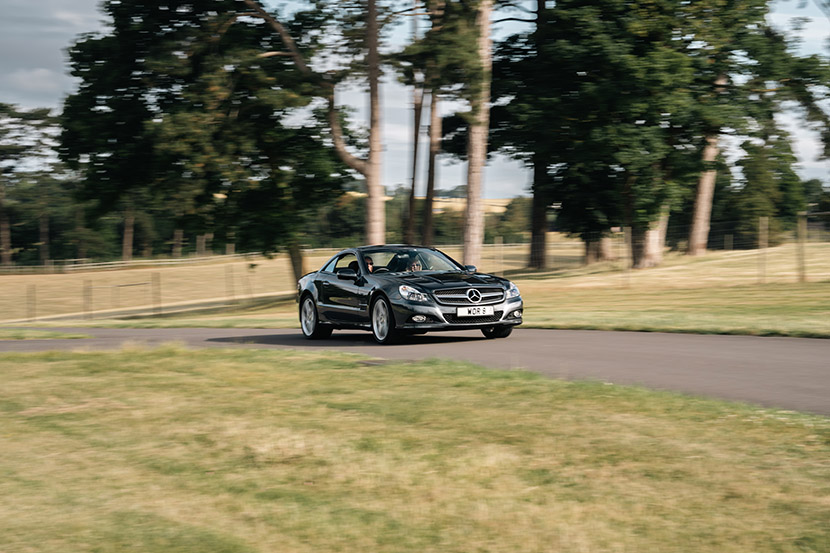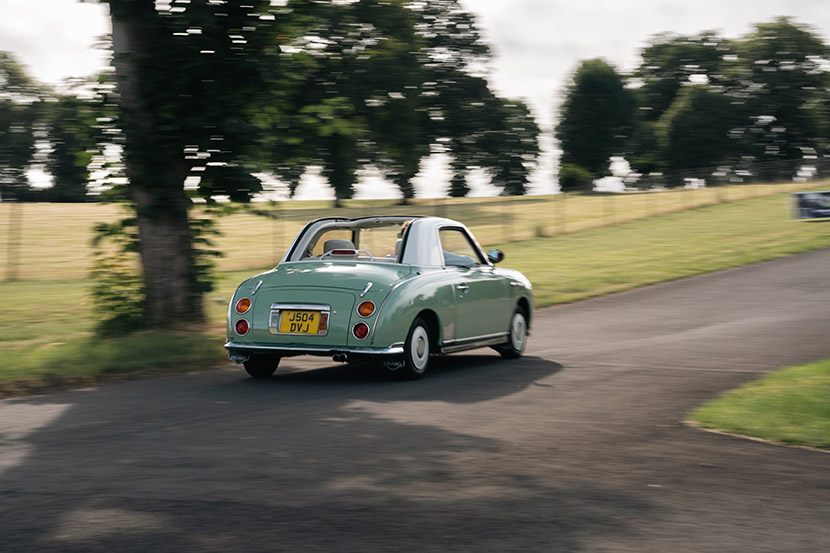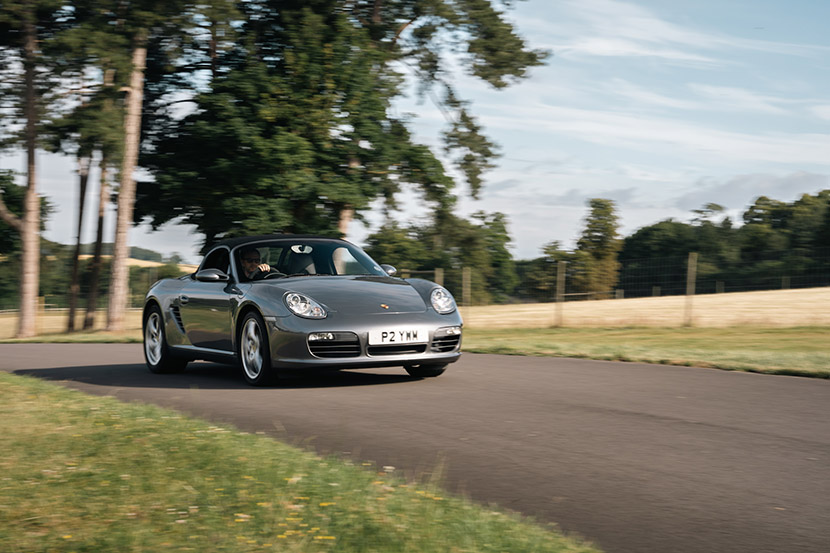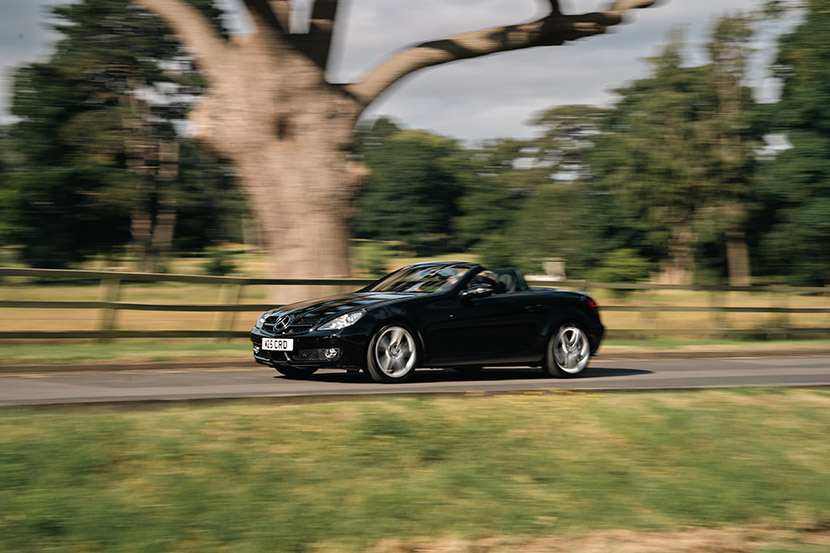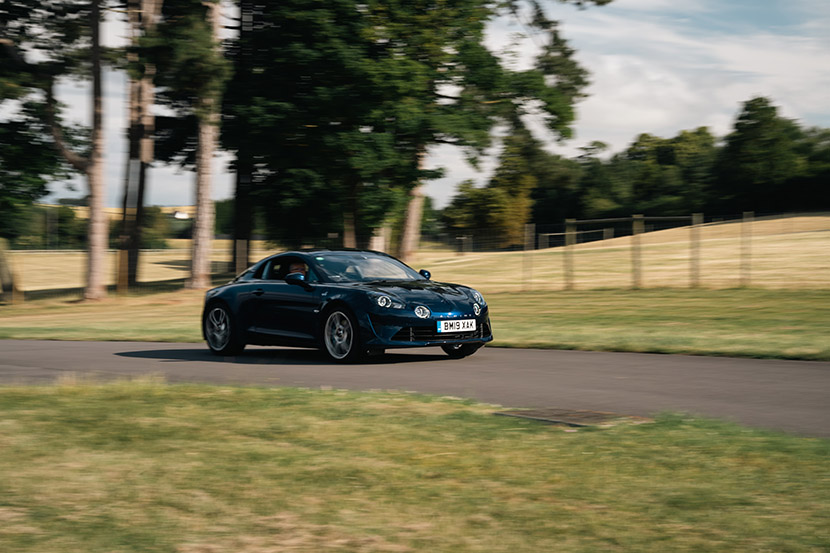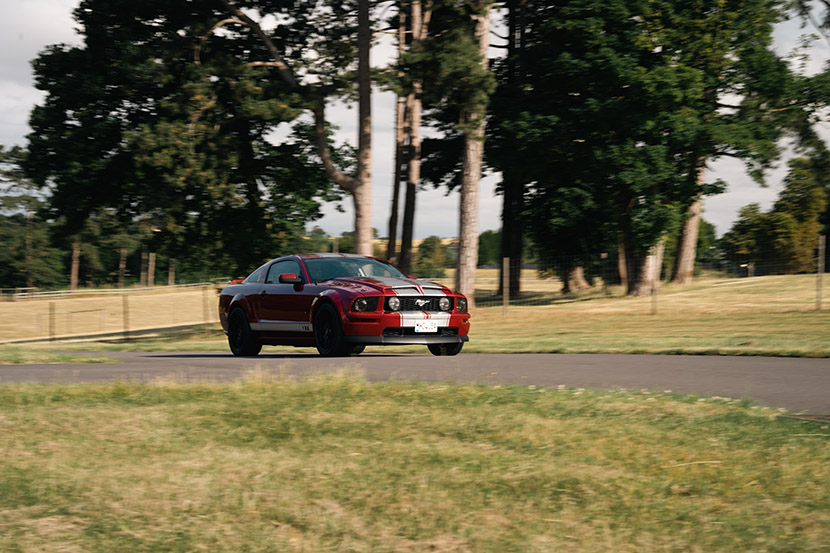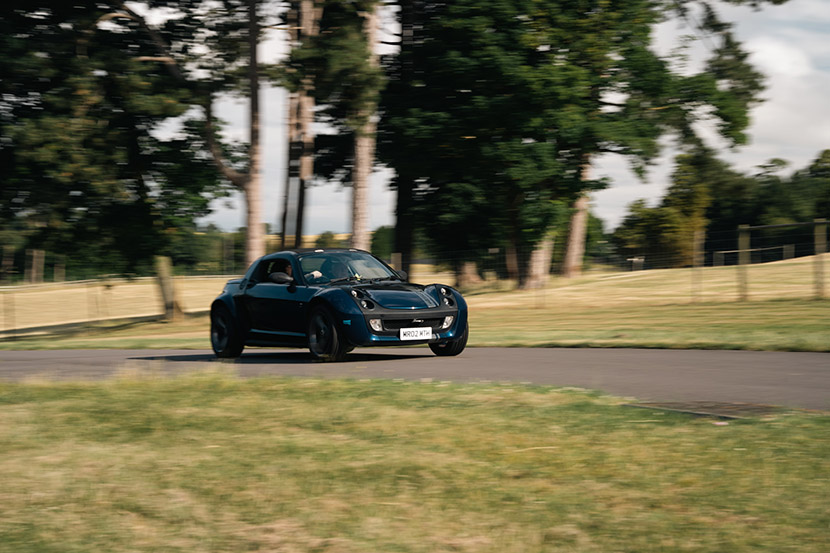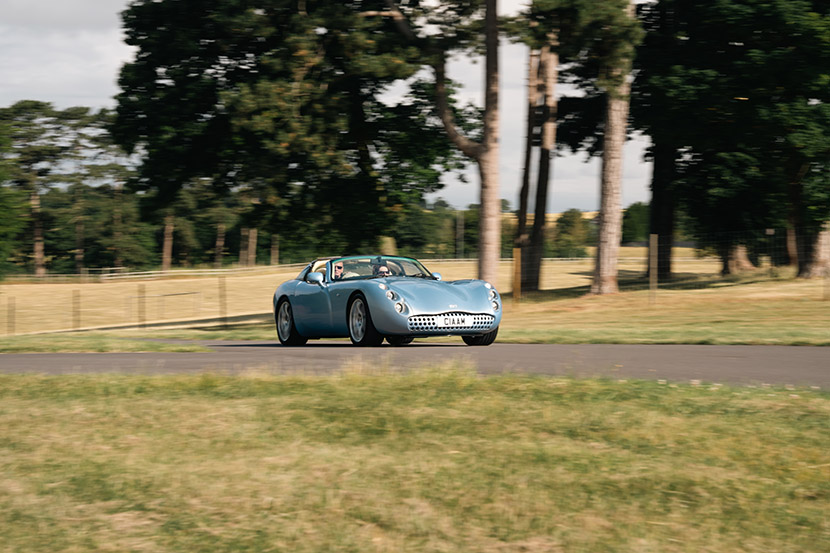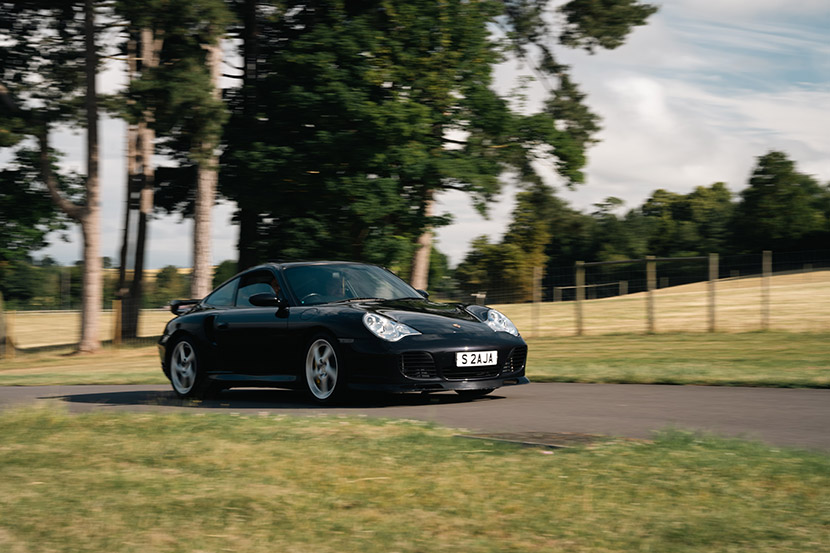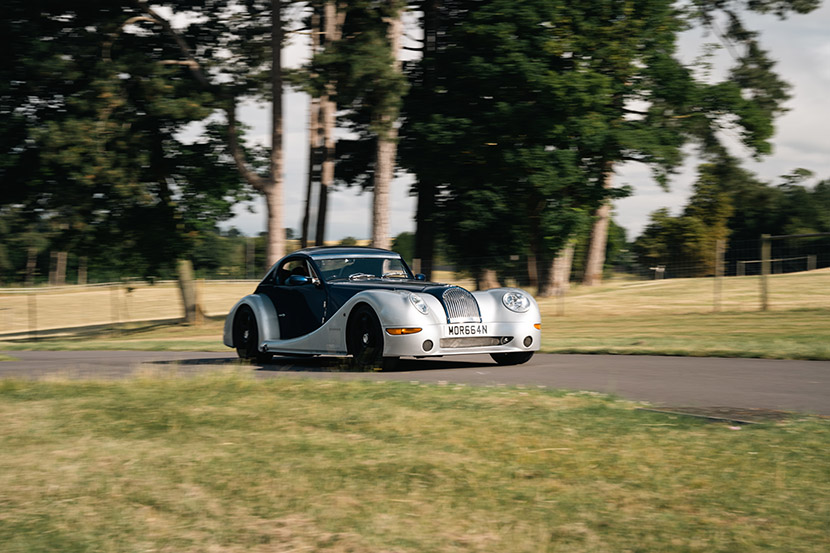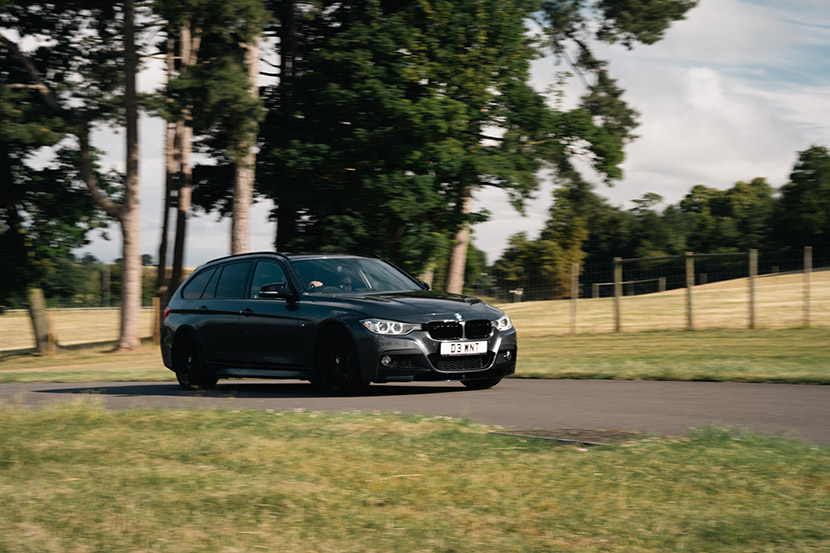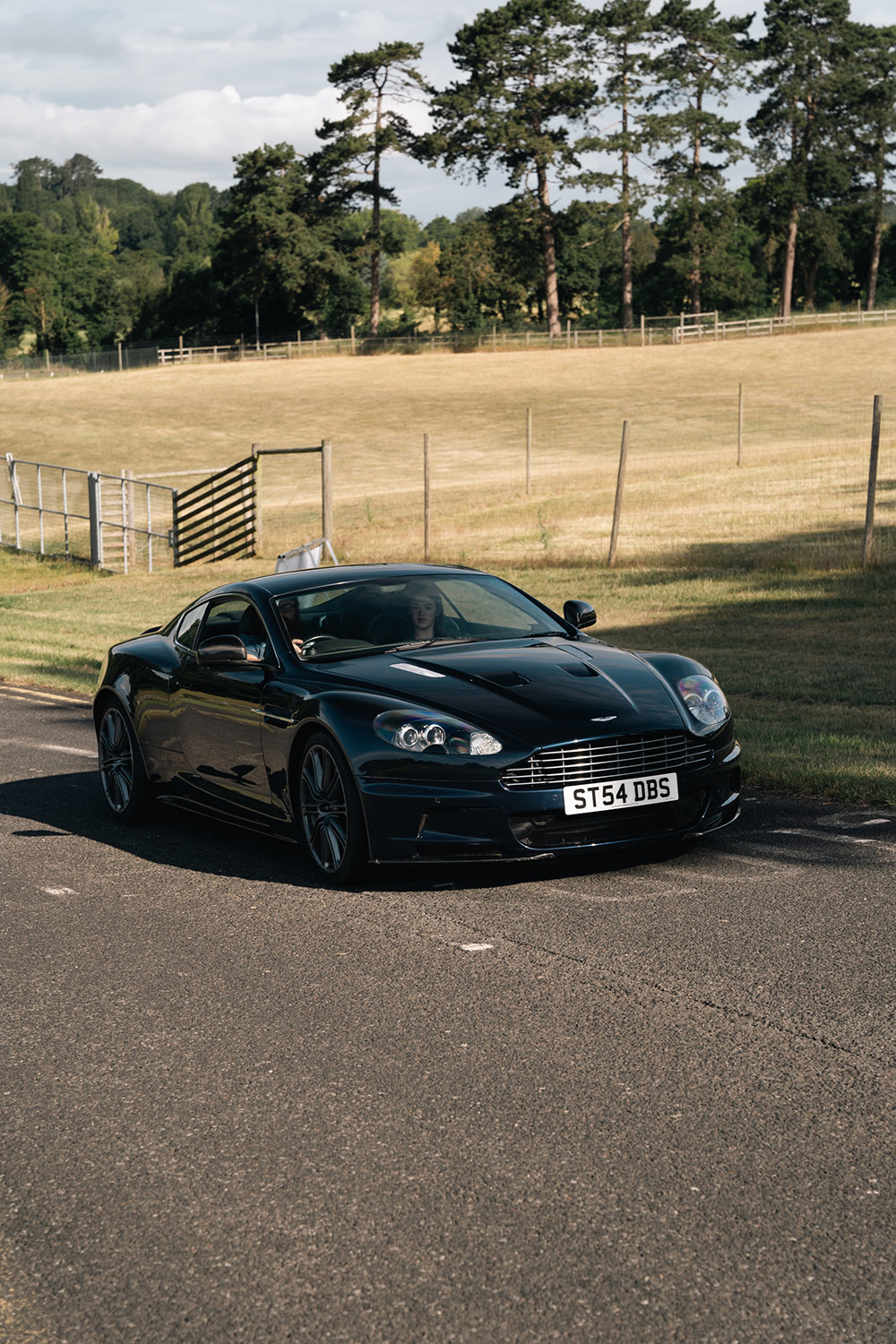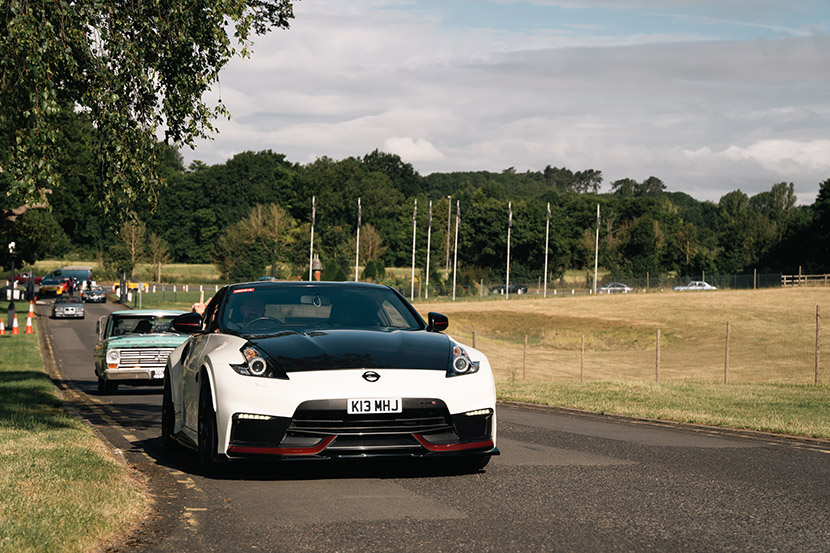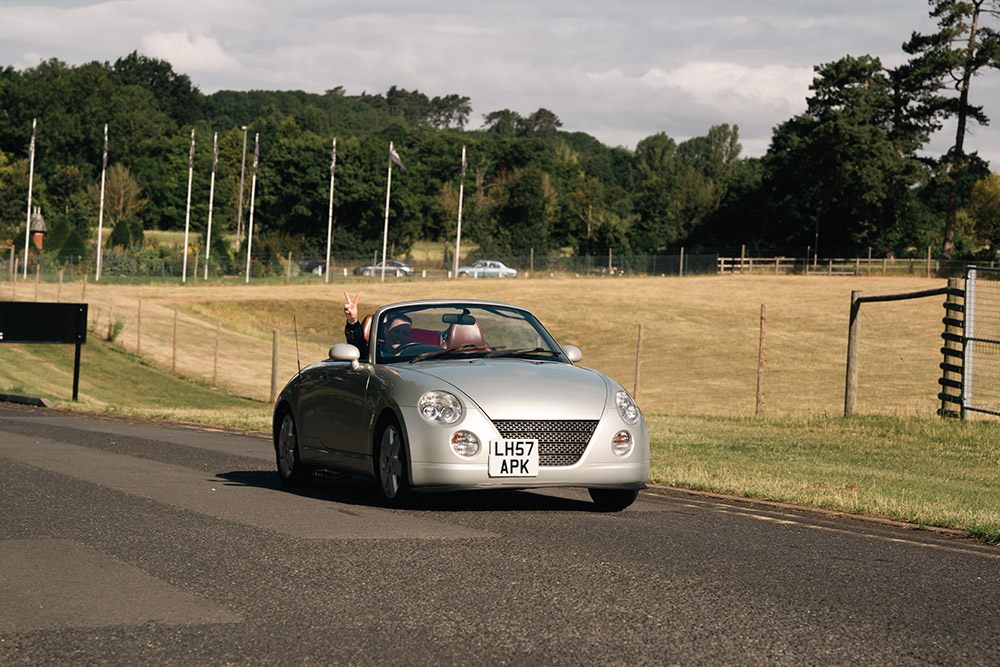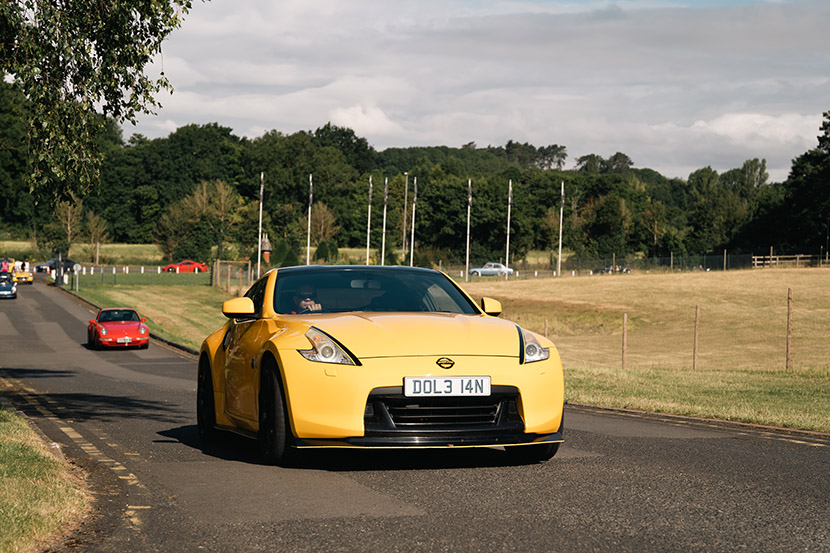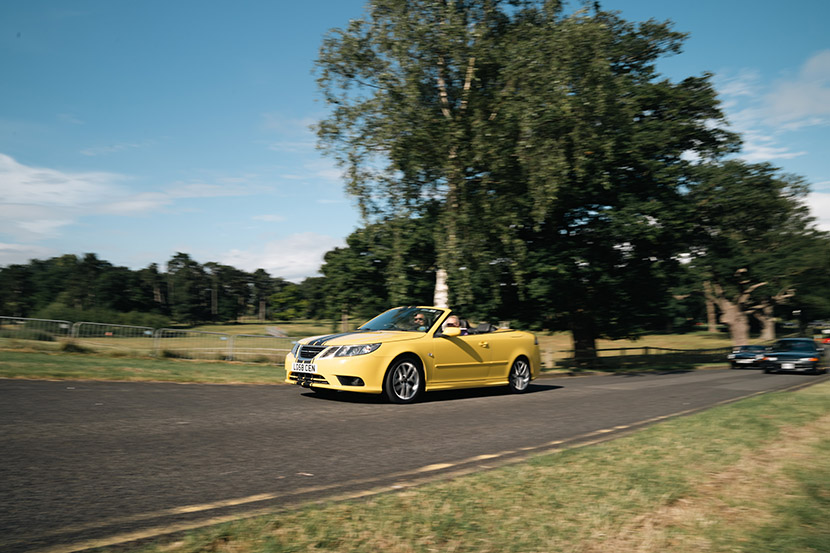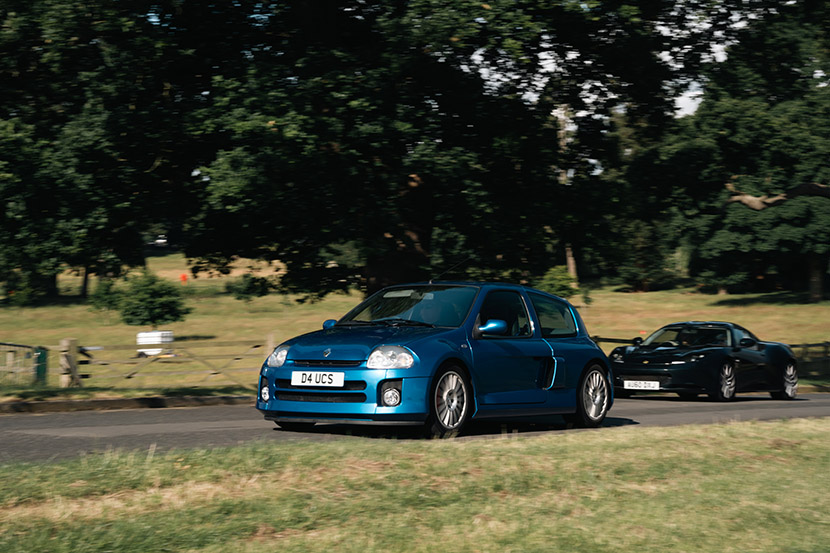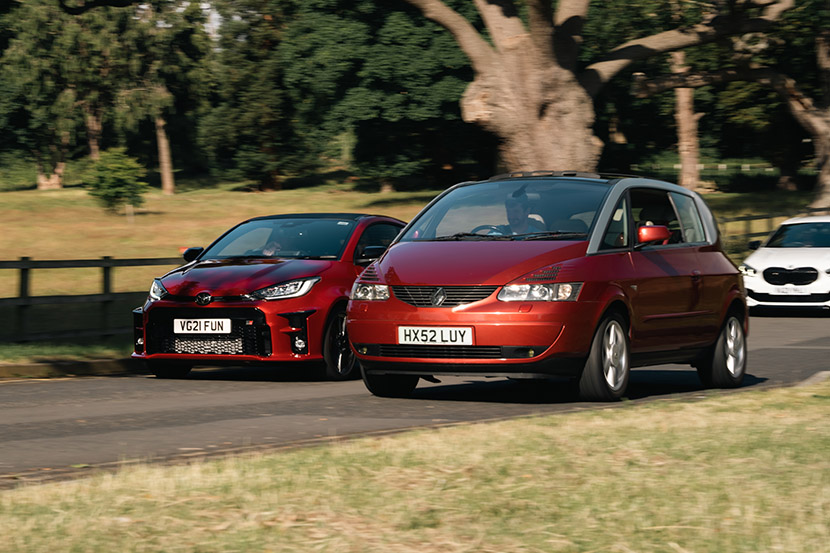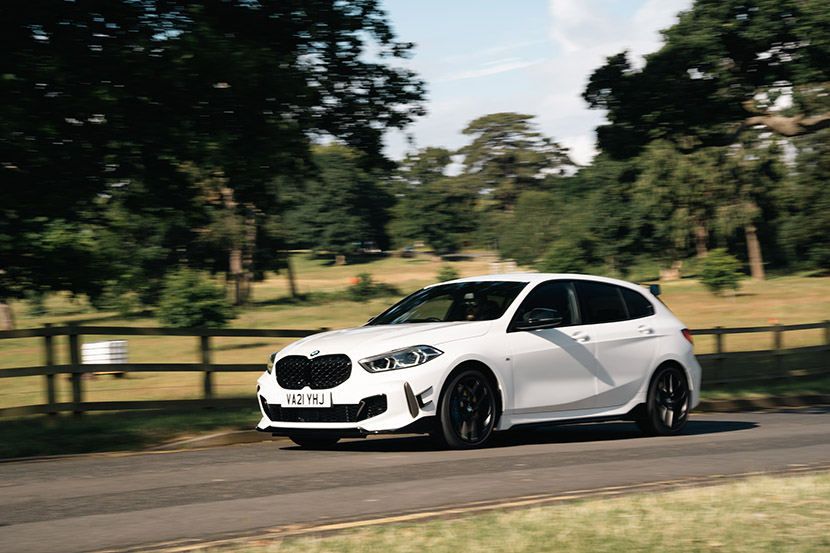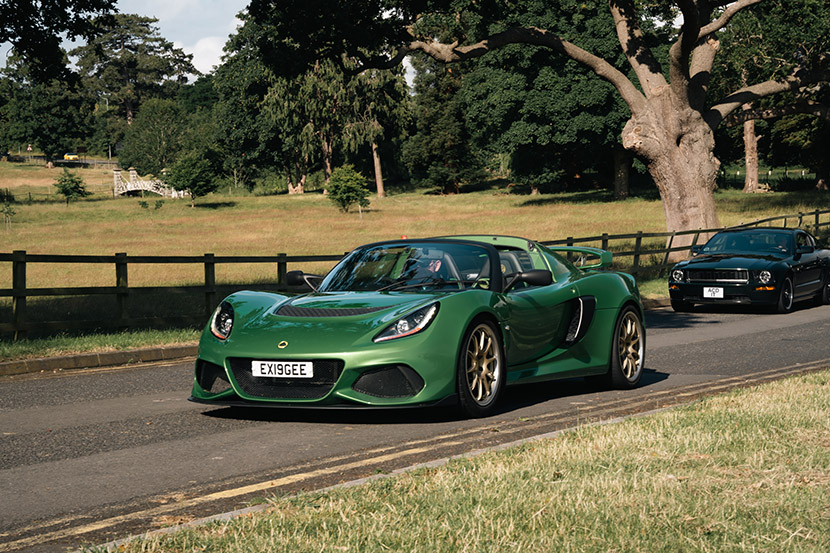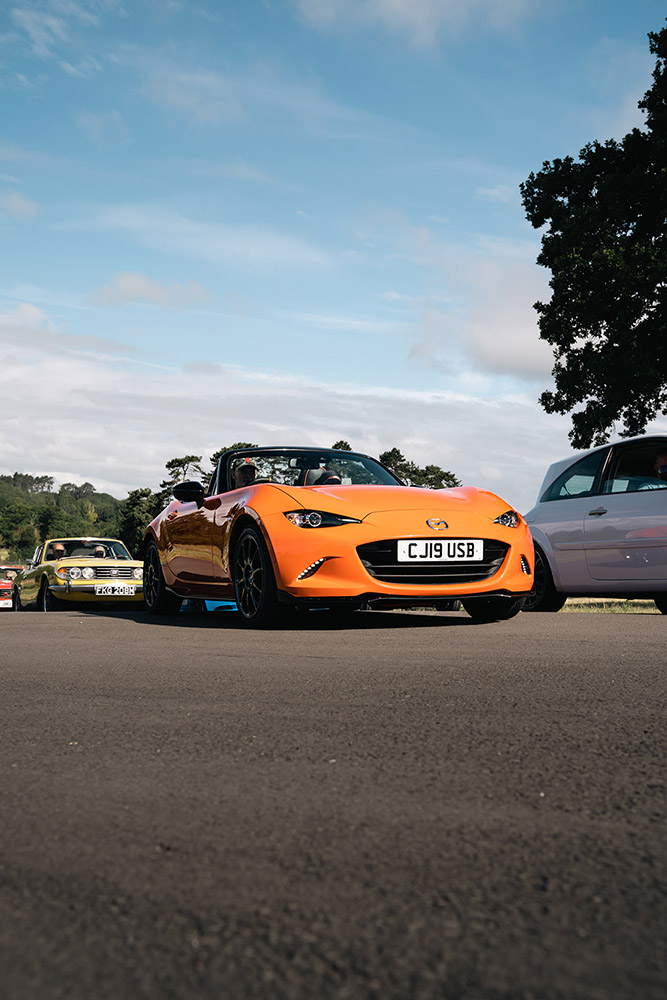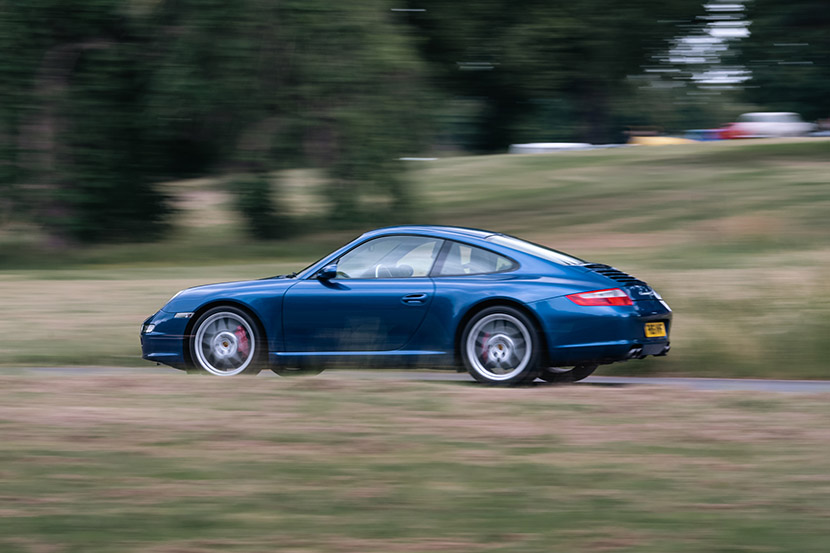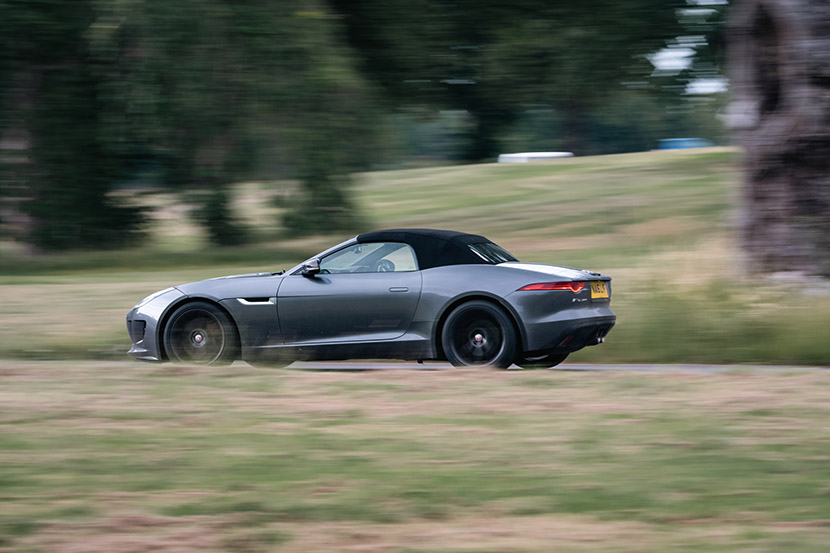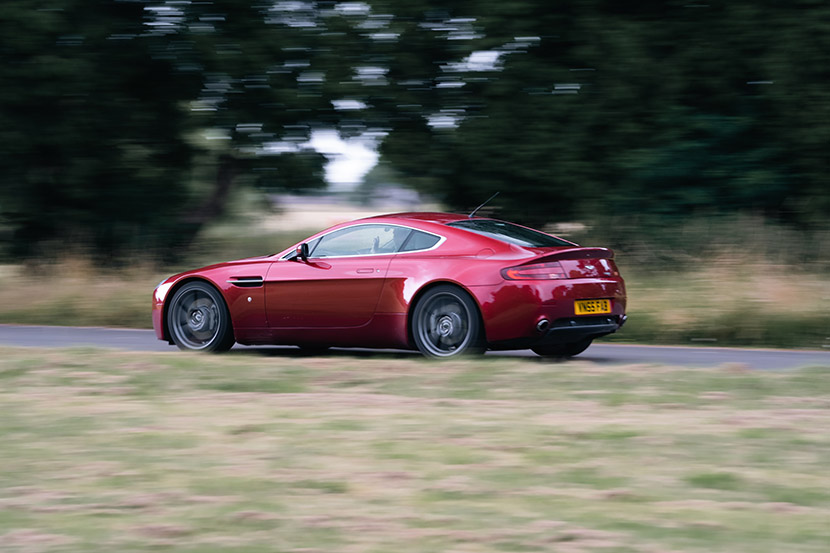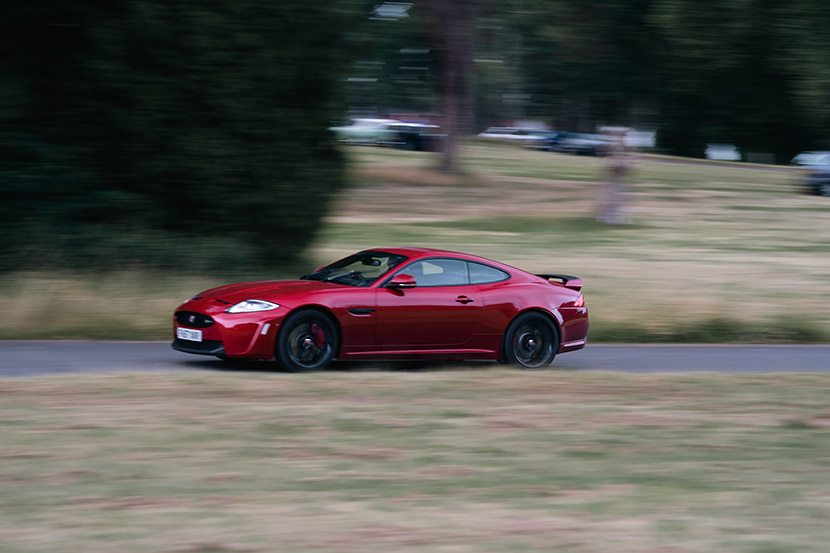Among the rows of polished chrome, steel wheels and profiled tyres at our recent Impney meet we stopped to look at a 2015 BMW 3 Series estate. It wasn’t that it looked out of place – necessarily – it just made us ponder what makes a classic.
It clearly isn’t age. In fact maybe it isn’t ‘classic’ either. It’s just whether a car has something about it that makes you – and others – interested. Some cars just roll off the production line like it, the Yaris GR being a perfect example. Others may need light fettling to appear special, but could still achieve this ‘classic-equivalent’ status with just a few years.
So what does that mean for the term ‘modern classic’? Time was when these cars seemed to define themselves: Mazda MX-5s, BMW M3s, Nissan Skylines (or indeed anything Japanese from the Playstation generation). For us, it reflected the change that happened in cars around the ’80s and ’90s where the aesthetic moved from chrome bumpers and ‘proper’ door handles to plastics and smoother lines.
A classic car always had a certain look about it and that wasn’t (for a while at least) the shape that cars became after, say, the launch of the Ford Sierra. Just as ‘vintage’ marks a generation forward from ‘veteran’, perhaps ‘classic’ now needs ‘modern classic’ to keep its place in history. But if that new category now stretches from Mk1 Mazda MX-5 to Yaris GR, it’s possible we need another new definition.
For that, answers on social media please – find us on Instagram, Facebook or Twitter. One thing’s for certain, though, whatever you drive (and whatever you call it) it’s welcome in our collective…

